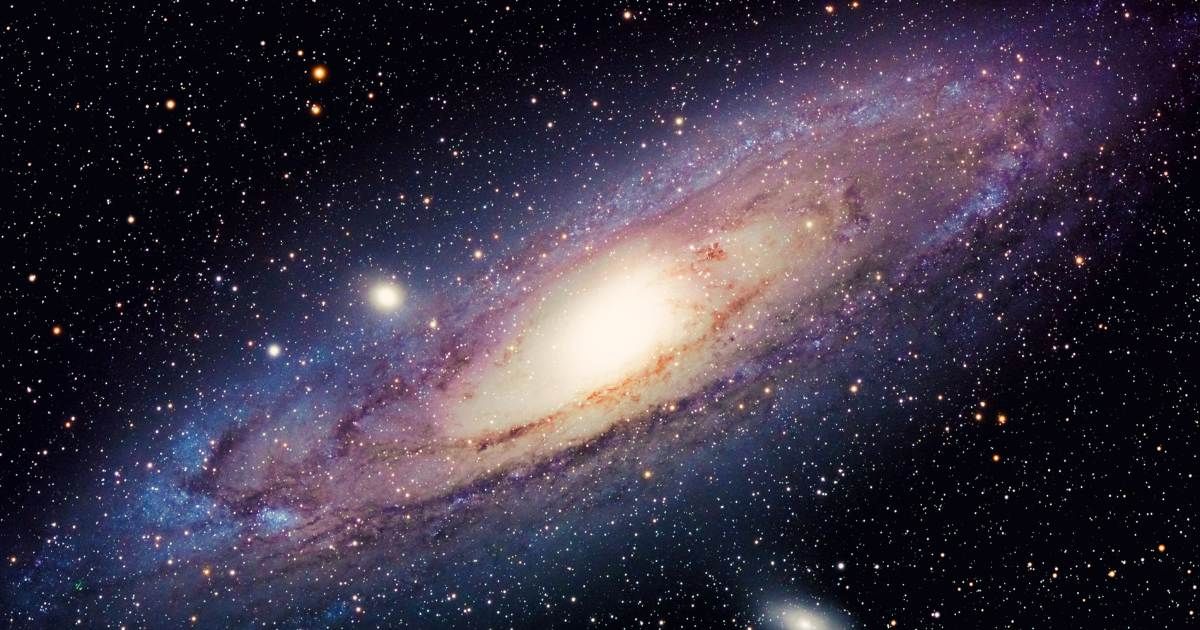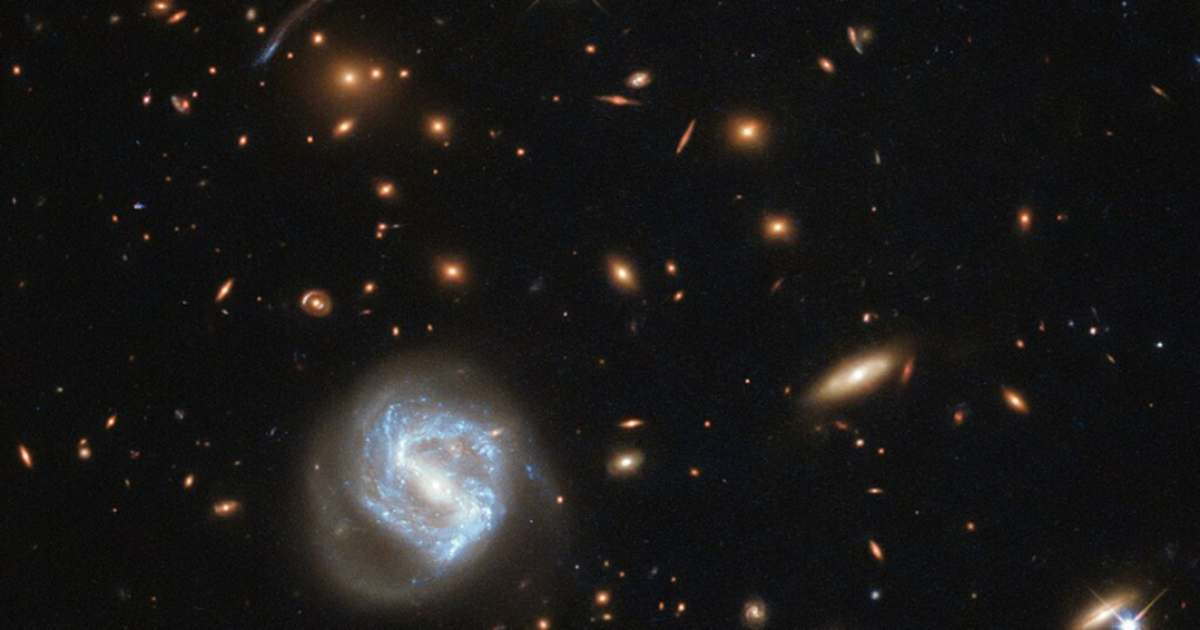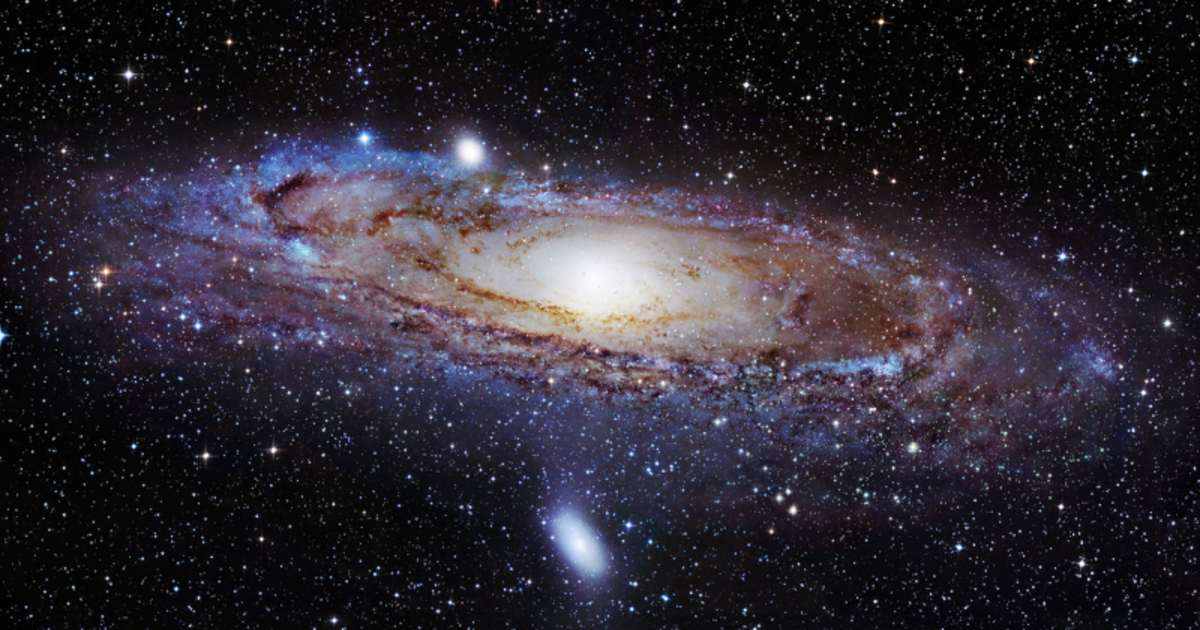Milky Way Linked to Huge Cosmic Structures That Test Modern Cosmology Boundaries, New Study Suggests

As humans’ understanding of the universe has deepened over the years, astronomers have discovered that Earth is part of an increasingly large number of cosmic structures, shaped by gravitational interactions. Every planet and galaxy known in a modern context belongs to a larger structure. A recent study published in the journal Nature Astronomy revealed the results from these large cosmic structures.

The Modern Understanding of Cosmic Structures
The Earth orbits the Sun, the Sun is a part of the Milky Way, and the Milky Way is part of the Local Group, which holds many more galaxies, and Andromeda, widely known for its possible collision with the Milky Way in the future. However, it doesn’t stop there; the Local Group is at the outer edge of the Virgo Supercluster, which is also part of a giant basin known as Laniakea. The new study found that Laniakea also resides within a larger “basin of attraction” (BoA), which is said to be 10 times its volume.
“The entire Universe can be considered a patchwork of abutting BoA, just as the terrestrial landscape is separated into watersheds,” the team explained, according to IFL Science. “A BoA is generally not gravitationally bound because the relative motion of distant points within it is usually dominated by cosmic expansion.”
Basins of Attraction (BoA)
The basins of attraction are colossal structures, so much so that even gravity doesn’t play a big role, even though there is evidence of a common flow. The team considered motions of 56,000 galaxies and tried to create a “probabilistic map” of the local universe, including possible errors that happened while attempting to measure the velocity and motion of galaxies. Through the process, they hoped to narrow down the chances of the existence of these basins of attraction.
“Our universe is like a giant web, with galaxies lying along filaments and clustering at nodes where gravitational forces pull them together,” astronomer R. Brent Tully from the University of Hawai’i at Manoa said in a statement. “Just as water flows within watersheds, galaxies flow within cosmic basins of attraction. The discovery of these larger basins could fundamentally change our understanding of cosmic structure.”
Our galaxy appears to be part of a structure so large it challenges our current models of Cosmology!🤯
— All day Astronomy (@forallcurious) July 23, 2025
(The tiny little red dot is us.) pic.twitter.com/aKwZ03VNRv
The Results of the Study
The team ran many simulations on the data, which led to the discovery that the BoA had many huge structures, including the elusive Great Attractor. “Nearby, evidence emerges for a BoA centred in proximity to the highly obscured Ophiuchus cluster that lies behind the centre of the Milky Way Galaxy,” the team explained. “This BoA may include the so-called Great Attractor region and the entity Laniakea, including ourselves. In the extension [...], the Sloan Great Wall and the associated structure are overwhelmingly dominant.” Mapping the universe is complex and uncertain, but recent findings suggest that the Milky Way might belong to the Shapley Concentration, not Laniakea.

If it is confirmed, such large structures could challenge current cosmological models, which then limit how huge these formations can be. Researchers are hoping to continue charting the universe’s largest structures to understand its shape and scale. “It is perhaps unsurprising that the further into the cosmos we look, we find that our home supercluster is more connected and more extensive than we thought,” Noam Libeskind, astronomer at the Leibniz Institute for Astrophysics Potsdam, said in a separate statement. “Discovering that there is a good chance that we are part of a much larger structure is exciting. At the moment, it’s just a hint: more observations will have to be made to confirm the size of our home supercluster.”